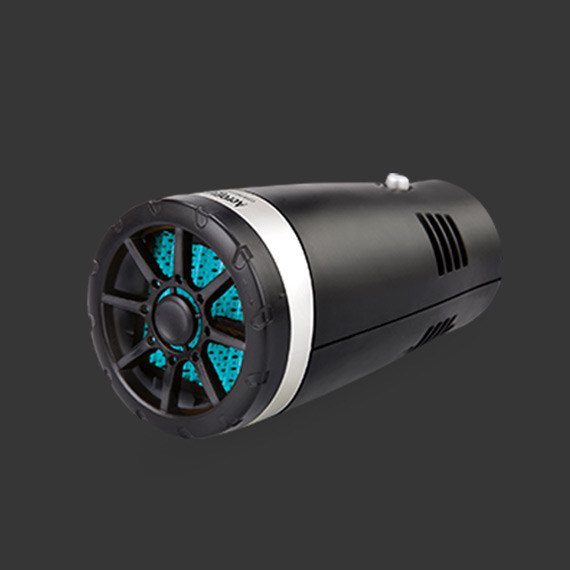Understanding the Functionality and Importance of Throttle Body Cables in Automotive Systems
Understanding Throttle Body Cables Function, Importance, and Maintenance
Throttle body cables are essential components in the operation of modern internal combustion engines, playing an integral role in managing the airflow into the engine. These cables connect the accelerator pedal to the throttle body, which regulates the amount of air that enters the engine based on the driver's input. Understanding their functionality, significance, and maintenance can provide valuable insights for vehicle owners and enthusiasts alike.
The Function of Throttle Body Cables
When a driver presses down on the accelerator pedal, the throttle body cable transmits this motion to the throttle body, a critical component of the engine's air intake system. As the accelerator pedal is depressed, the cable pulls the throttle plate open, allowing more air to enter the engine. This increase in airflow is met with a corresponding increase in fuel delivery, resulting in enhanced engine performance and acceleration.
In older vehicles, throttle body cables were primarily mechanical, relying on simple physical connections. However, in modern vehicles, many have transitioned to electronic throttle control (ETC) systems. These systems use electronic sensors and motors instead of traditional cables. Nevertheless, understanding throttle body cables remains crucial, especially for those working with older vehicles or specific models that still utilize them.
The Importance of Throttle Body Cables
The functionality of throttle body cables directly impacts engine performance. A well-functioning throttle body cable ensures smooth acceleration and deceleration, giving drivers better control over their vehicles. Conversely, a worn or damaged cable can lead to various issues, such as unresponsive throttle, erratic engine behavior, or stalling. These problems can not only affect the drivability of the vehicle but also pose safety risks on the road.
throttle body cable

Furthermore, the condition of the throttle body cable can contribute to overall fuel efficiency. A compromised cable may lead to improper air-fuel mixtures, which can cause the engine to work harder than necessary. This inefficiency can result in increased fuel consumption and higher emissions, making regular maintenance crucial for both performance and environmental considerations.
Maintenance and Troubleshooting
Maintaining throttle body cables primarily involves regular inspections and occasional replacements. Signs of wear include visible fraying, corrosion, or stiffness in the cable's movement. Routine checks should be performed during regular vehicle maintenance to catch any issues early.
If a driver experiences problems with acceleration or deceleration, it is essential to diagnose the throttle body cable. A stiff or sticky cable might require lubrication, while a broken or severely damaged cable will need replacement. Additionally, ensuring that the cable is properly routed and not pinched or obstructed is vital for its optimal function.
For those looking to replace a faulty throttle body cable, it's important to use high-quality replacement parts that are compatible with the specific make and model of the vehicle. Following the manufacturer's recommendations for installation and adjustment is also crucial to ensure reliable performance.
Conclusion
Throttle body cables, though seemingly simple components, play a vital role in the performance and safety of vehicles. They directly influence how the engine responds to driver commands, impacting overall drivability and efficiency. Regular maintenance and timely repairs are essential to keep these cables functioning effectively. Understanding this component can empower vehicle owners to take better care of their cars, ensuring a smoother and more efficient driving experience.
-
Upgrade Your Control with Premium Throttle CablesNewsAug.08,2025
-
Stay in Control with Premium Hand Brake CablesNewsAug.08,2025
-
Experience Unmatched Performance with Our Clutch HosesNewsAug.08,2025
-
Ensure Safety and Reliability with Premium Handbrake CablesNewsAug.08,2025
-
Enhance Your Vehicle with High-Performance Clutch LinesNewsAug.08,2025
-
Elevate Your Ride with Premium Gear CablesNewsAug.08,2025
